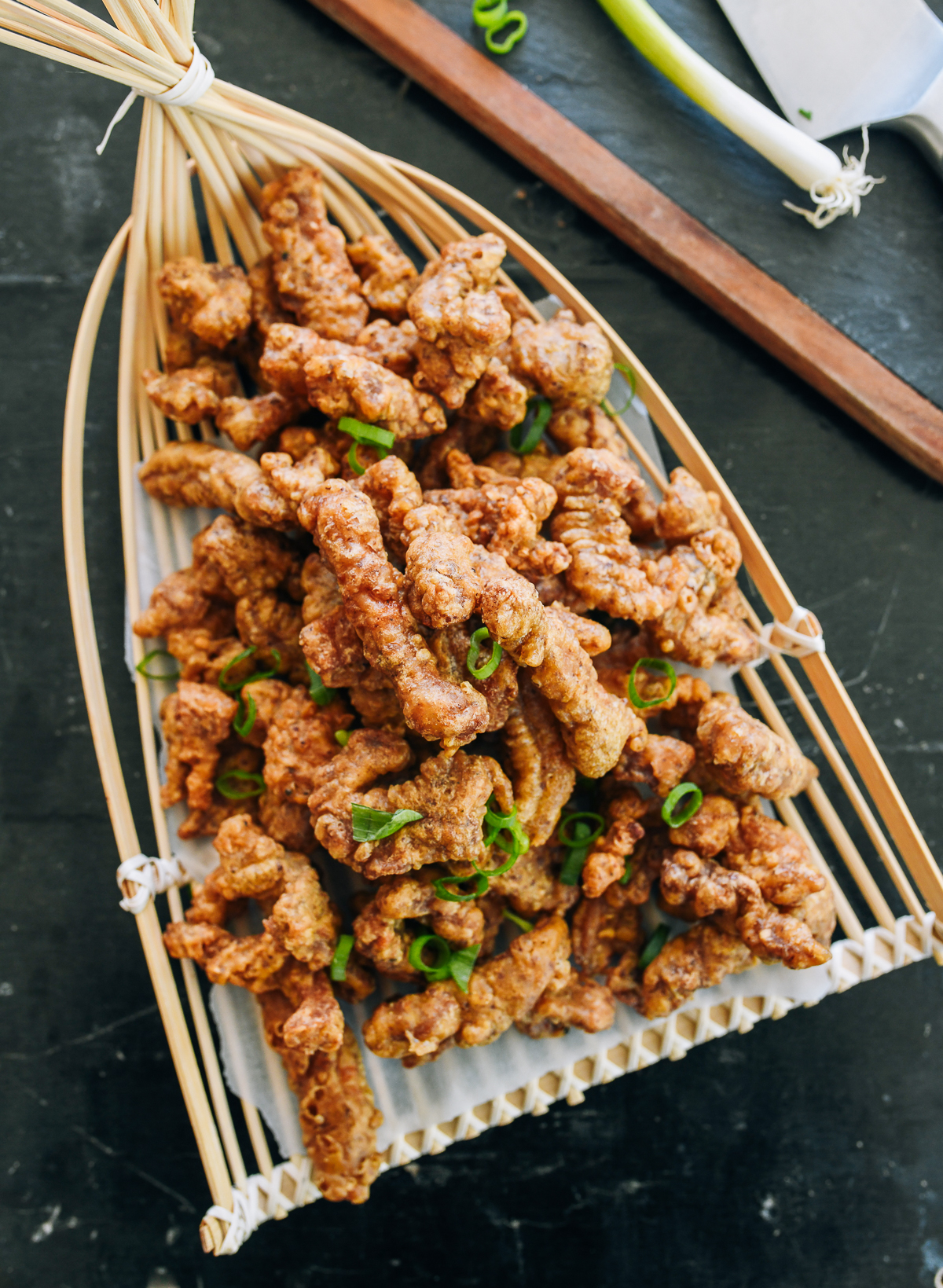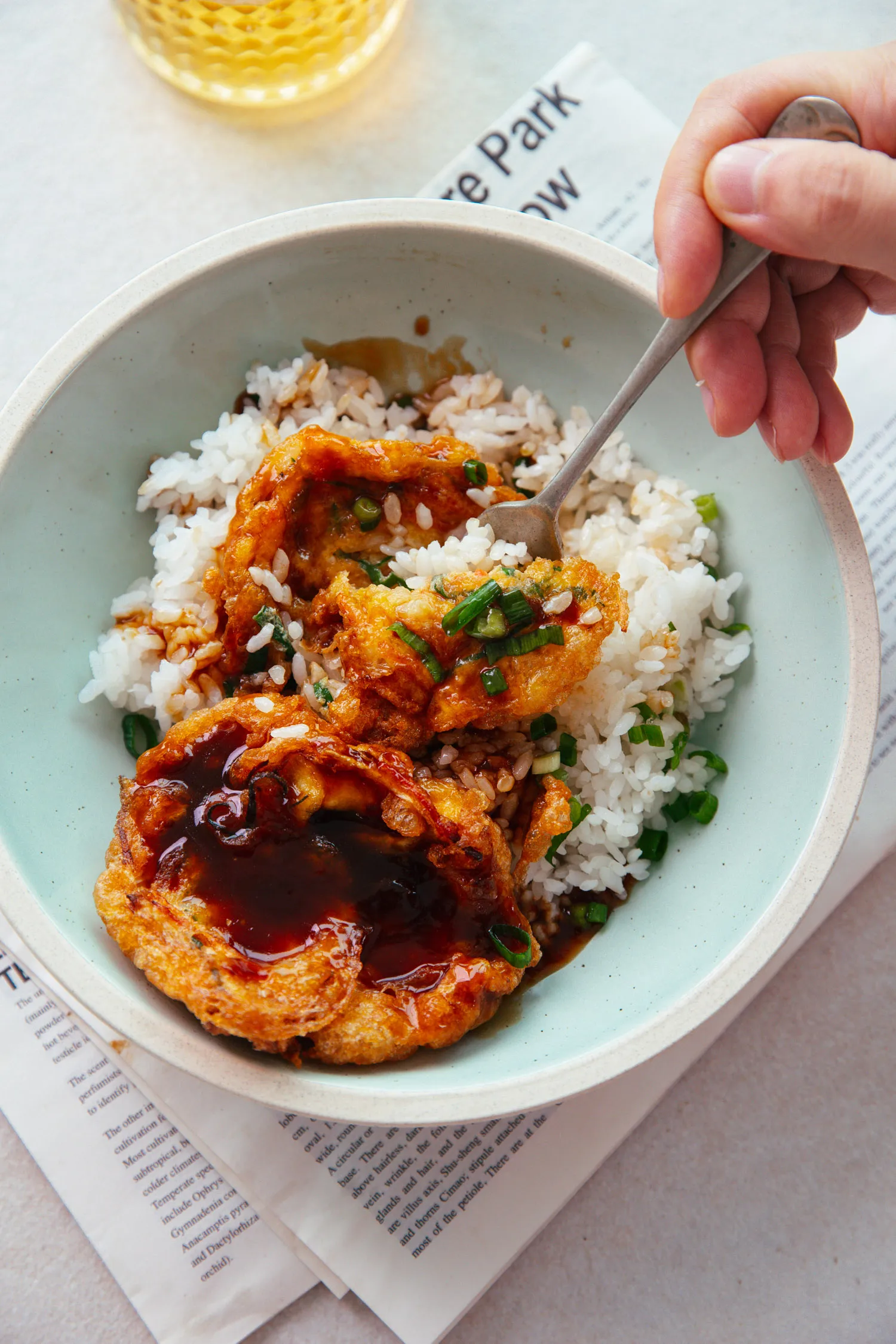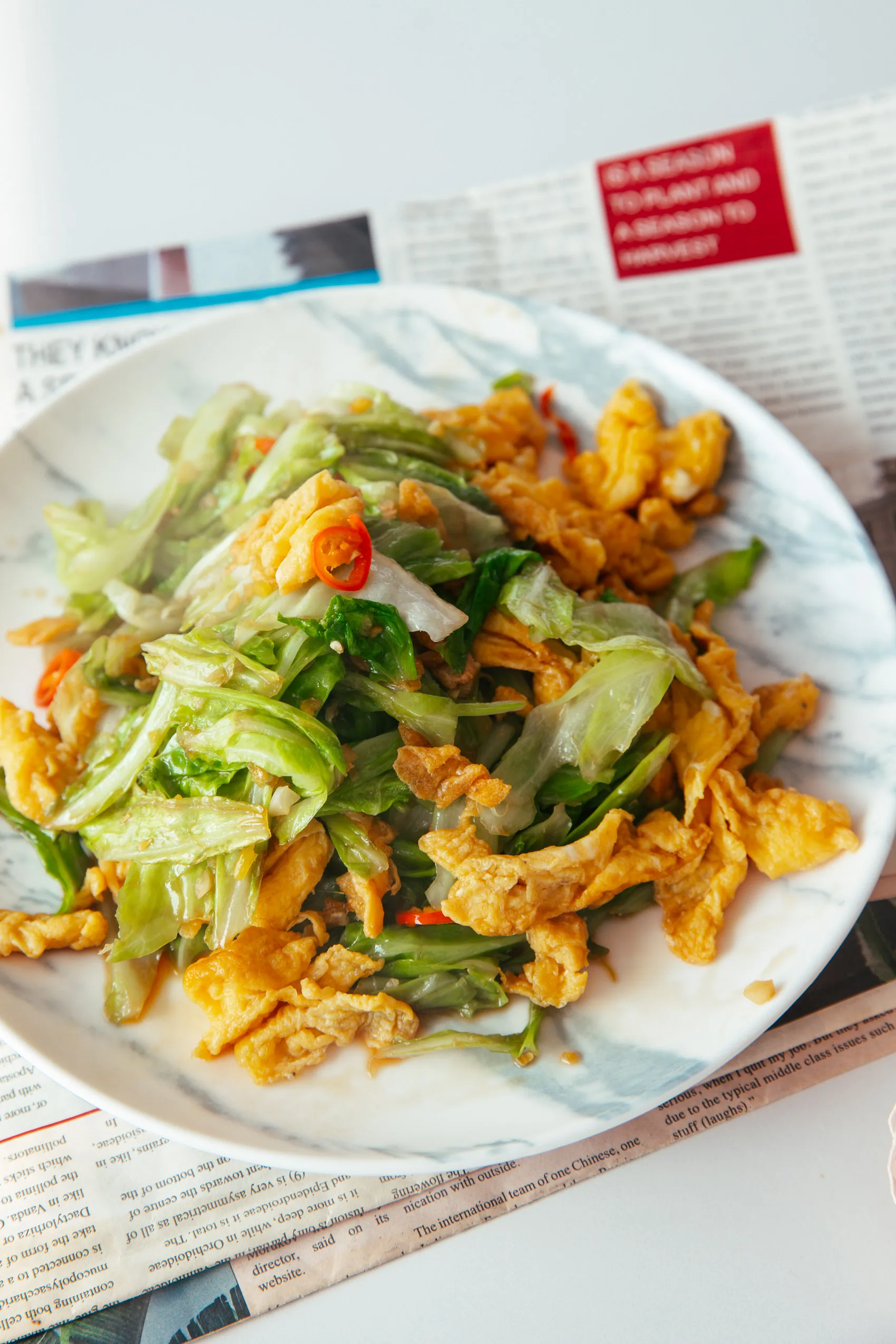Little Crispy Pork, or xiǎo sū ròu (小酥肉), is a delightful Sichuan dish featuring small strips of battered and fried boneless pork, seasoned with toasted Sichuan peppercorns. While this delectable meal is often hard to find outside of China, you can now recreate it at home with this easy recipe!
A Recipe You Can Riff On
Even in Sichuan restaurants across the U.S., this dish is a rare find. While fried pork chops, chicken, and fish are common, the simple presentation of these little crispy pork pieces without any sauce is often overlooked.
During my last trip to Shanghai, I made it a point to try this dish, only to discover that, similar to braised pork, each region has its own unique take on it.
Variations in spices include ginger, Shaoxing wine, ground pepper, soy sauce, salt, five spice powder, or even a blend of 13 spices. The batter can consist of regular flour, rice flour, cornstarch, sweet potato starch, and whole eggs—just be sure to avoid adding water!
This recipe emphasizes the use of Sichuan peppercorns, giving it that signature flavor characteristic of the Sichuan region.
Serving On Its Own or in Hot Pot
Can you imagine enjoying this Little Crispy Pork with Sichuan hot pot? The concept of frying the pork first and then adding it to hot soup is intriguing. The crispy coating allows the pork to absorb the rich, complex flavors of the hot pot broth.
We enjoy it on its own—it’s tender, crispy, and bursting with flavor. Trust me, once you put them on the table, they won’t last long!

If you’d like to try pairing this with hot pot, be sure to check out our recipe for a Sichuan Hot Pot meal at home!
Xiaosurou Recipe Instructions:
Start by toasting the whole Sichuan peppercorns in a dry pan over medium-low heat for 3 to 5 minutes until fragrant. If your peppercorns are particularly fresh and aromatic, consider reducing the amount to 1 tablespoon. Grind them using a spice grinder or mortar and pestle.


A Note On Sichuan Peppercorns
Sichuan peppercorns can vary in quality and numbing strength. In this dish, the amount used should not create a strong numbing sensation, just a delightful fragrance and flavor.
In recent years, finding fresh, high-quality Sichuan peppercorns has become much easier. Look for bright red peppercorns without the bitter black seed. If using very fresh or premium quality ones, reduce the amount to 1 tablespoon. Remember, do not use green Sichuan peppercorns, as they are even more pungent.
In a medium bowl, combine the pork strips with ginger, Shaoxing wine, half of the ground Sichuan peppercorns, light soy sauce, and ⅛ teaspoon of salt. Toss until the pork is evenly coated and has absorbed all the liquid. Let it marinate for 20-30 minutes while you prepare the batter and oil.
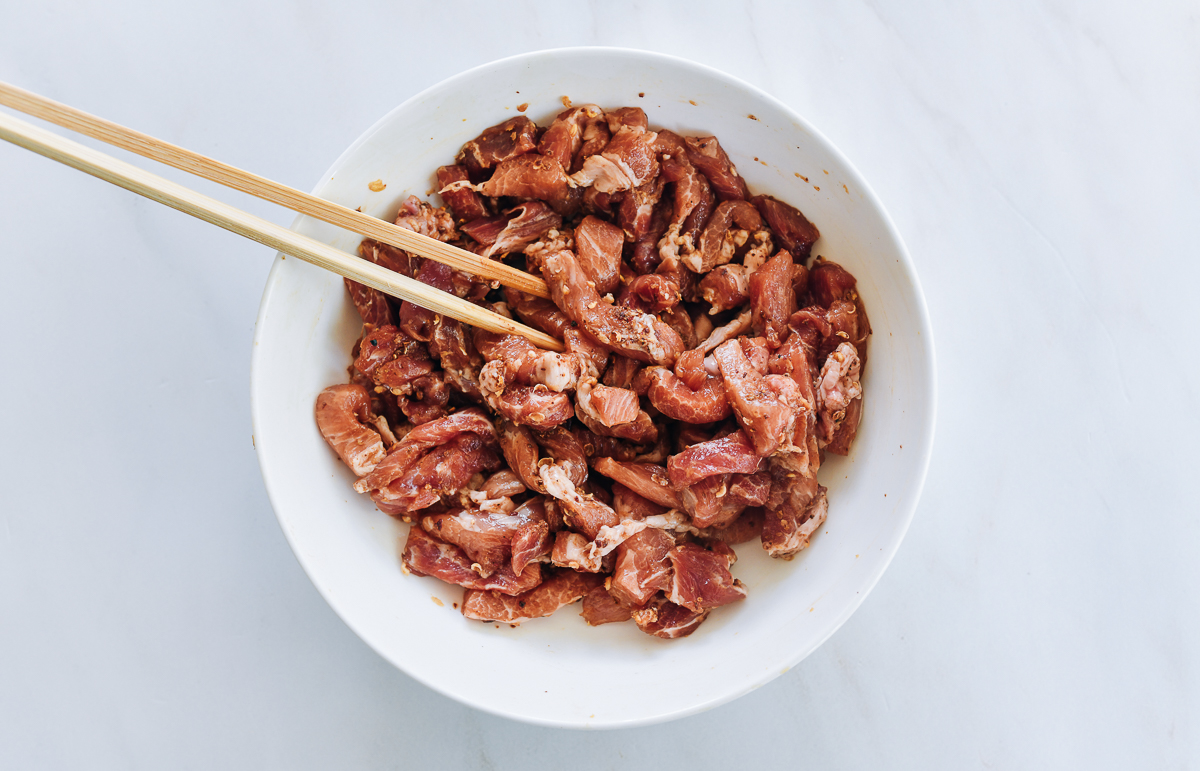
In a large bowl, mix the sweet potato starch, eggs, baking soda, the remaining ½ teaspoon of salt, and the rest of the ground Sichuan peppercorn. Stir until there are no lumps. The batter may feel thick initially, but keep mixing until the potato starch is fully incorporated.

Fill a small, deep pot with about 2 inches (5 cm) of oil and heat it over medium-high heat until it reaches 375°F (190°C). Use an instant-read thermometer to check the temperature. The oil will cool down when you add the pork, so maintain a temperature of about 350°F to 375°F throughout the frying process.
While the oil heats up, add the marinated pork to the batter and mix well to ensure the pieces are evenly coated.
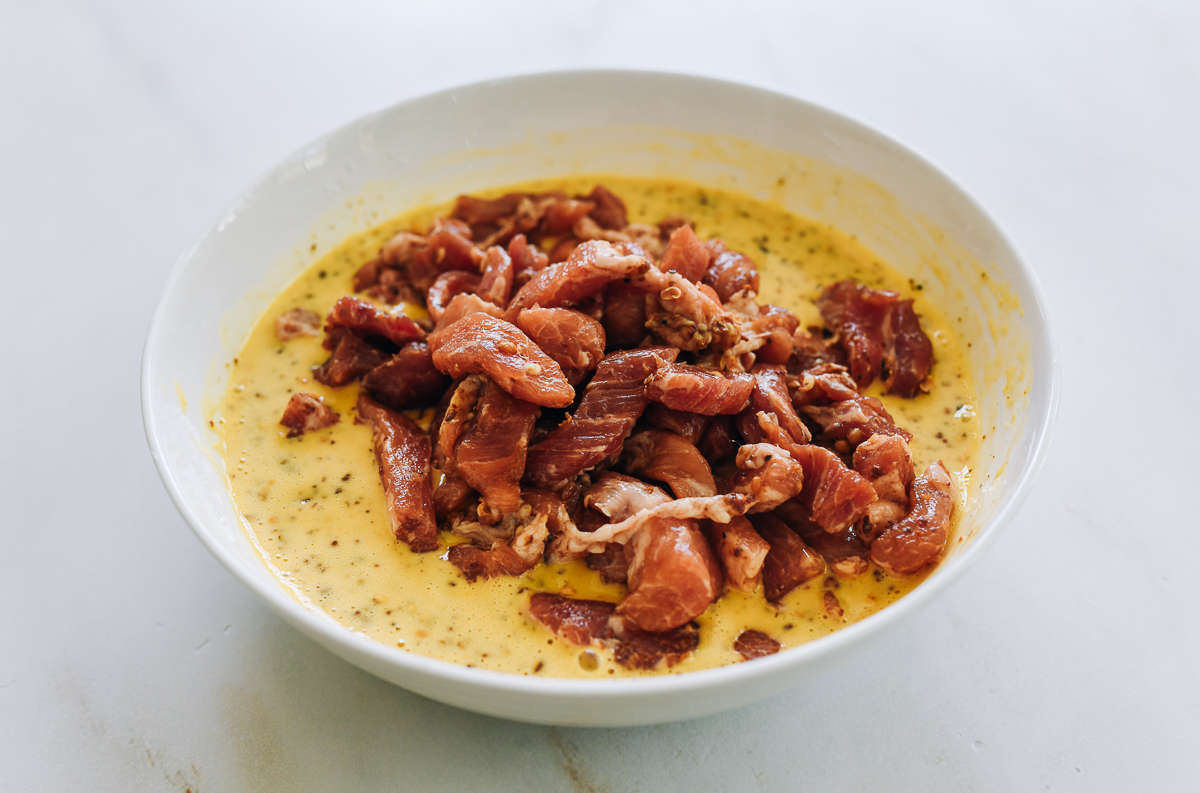
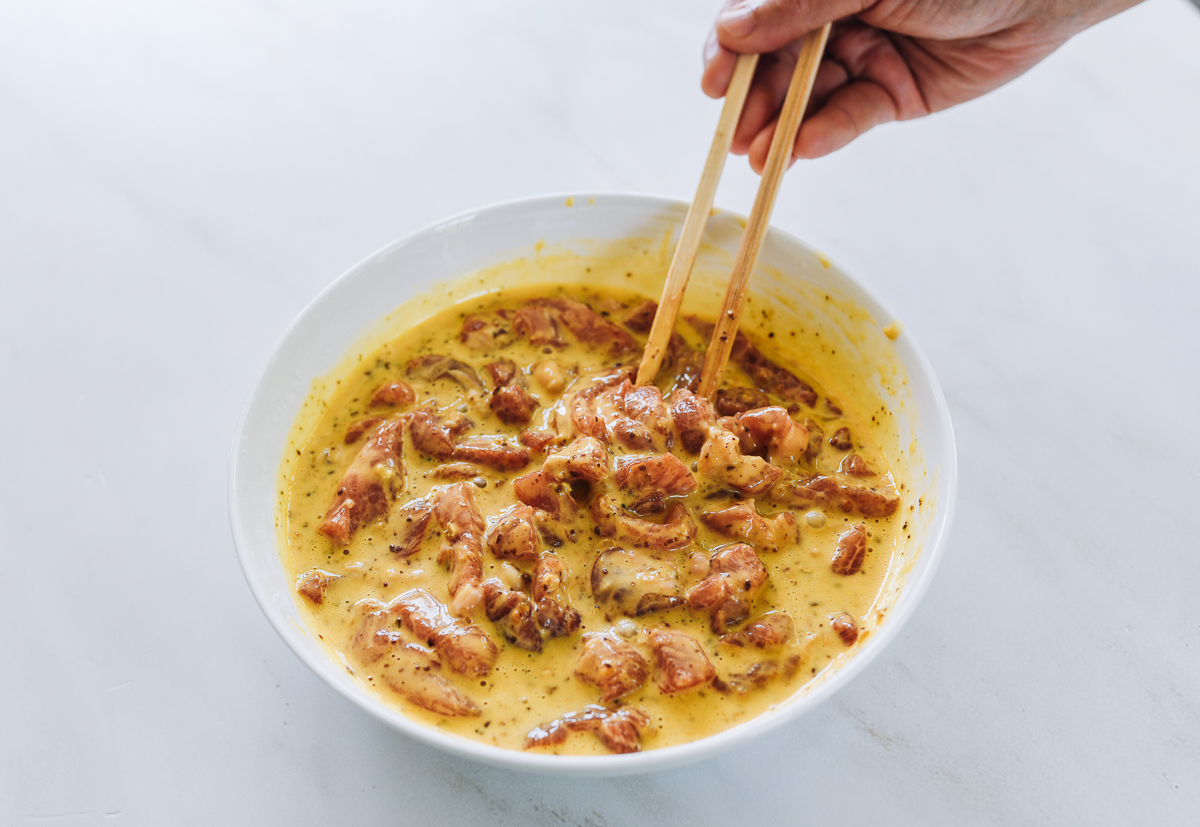
Carefully lower the pork pieces into the hot oil one at a time, ensuring there’s space between each piece to prevent sticking. Fry in batches, avoiding overcrowding the pot. Turn the pieces until they float to the surface and the coating hardens to a light golden brown—this should take about 4-5 minutes. Transfer them to a plate lined with paper towels. Repeat with the remaining pork.
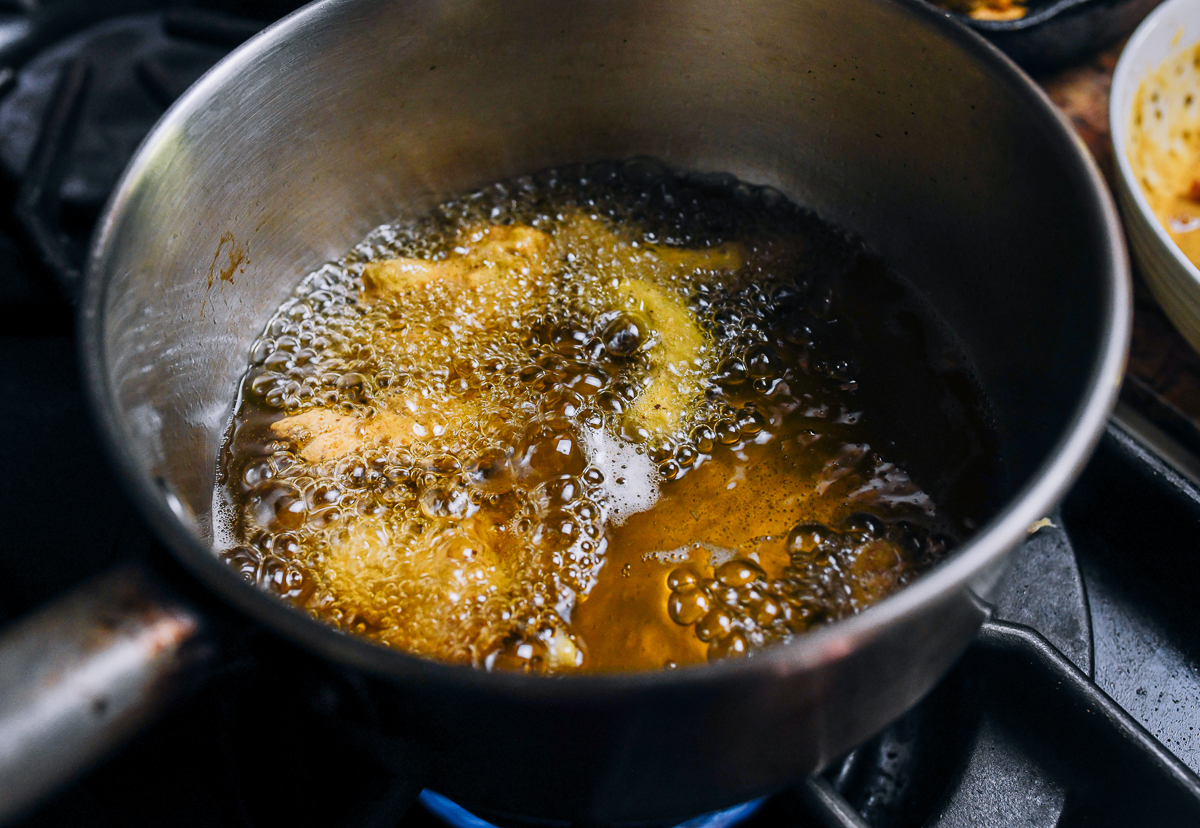
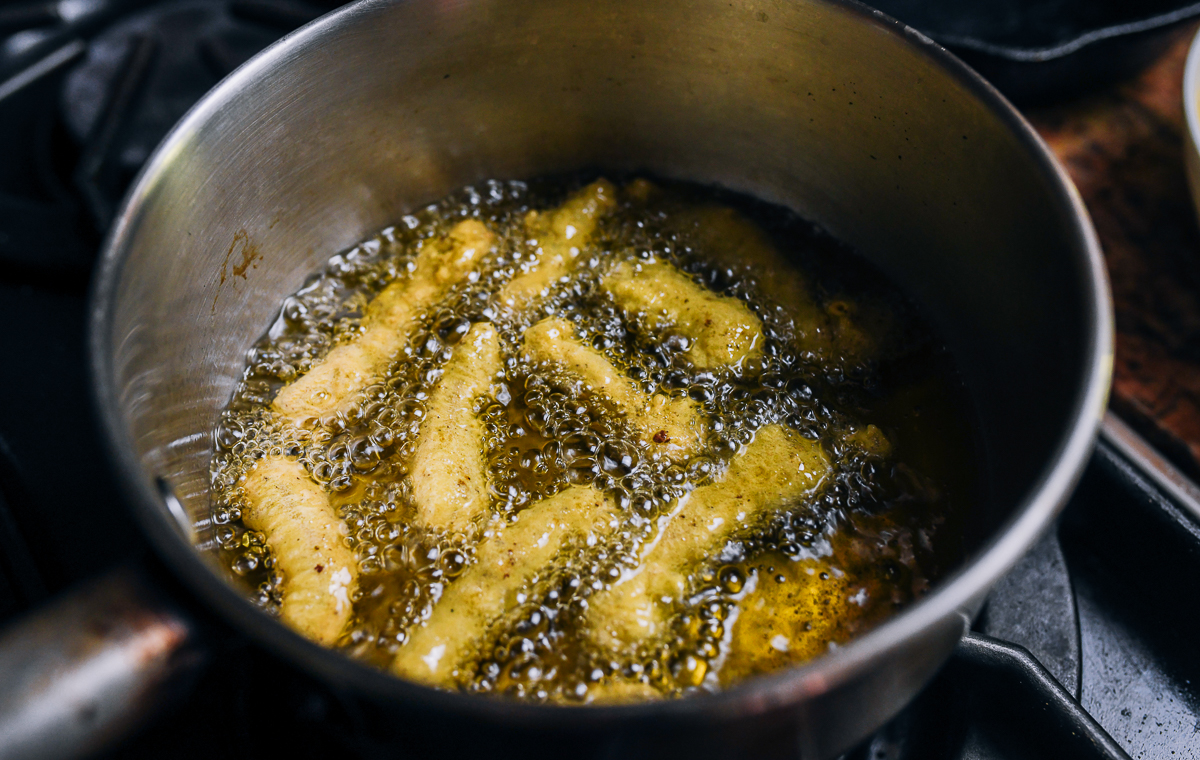
For extra crispiness, fry the pork a second time in batches for about 3 minutes, or longer if you prefer a crunchier texture, until the pork is very crispy and a deep golden color.

Serve immediately, garnished with chopped scallions if desired!


